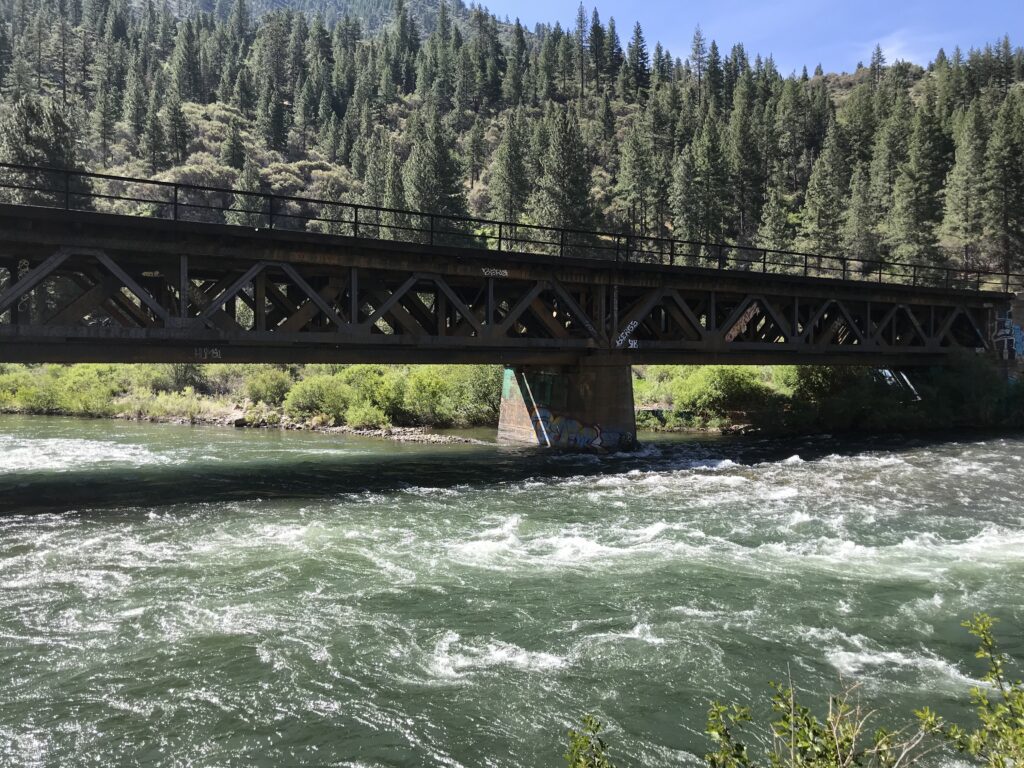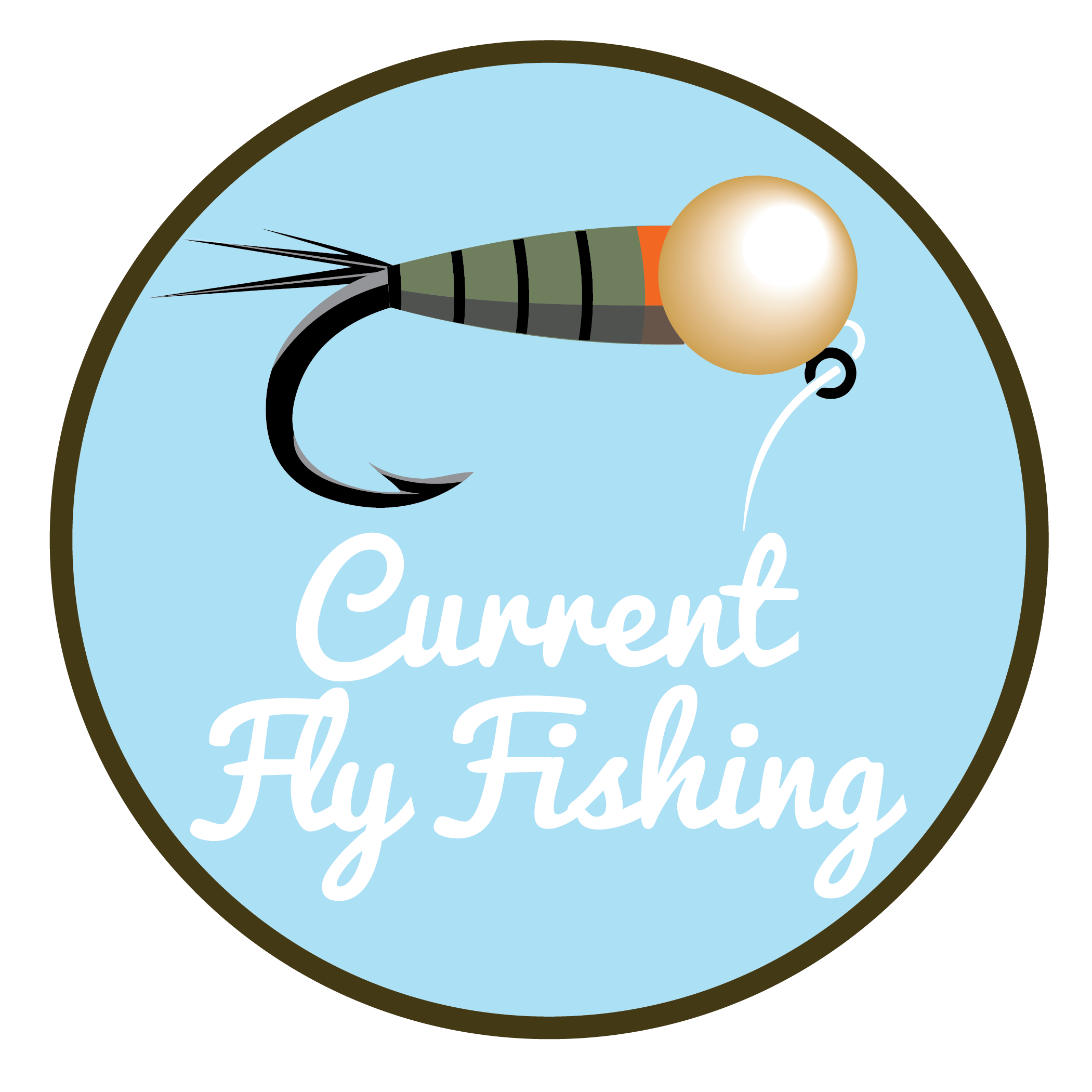Truckee River Flow Charts
USGS Water Data Links for the Truckee River
Water gauge links are listed in an upstream to downstream order, moving left to right. All river gauges are shown in CFS ( cubic feet per second). Check out the article below to learn about CFS and how to read flow charts.
THESE ARE HELPFUL TOOLS WHEN DETERMINING WHEN AND WHERE TO FISH. HERE'S HOW TO READ THEM:

Rivers are commonly measured in a couple of ways: gauge height and cubic feet per second.
Gauge height is the rivers water level measured from a particular point unique to that water gauge station. If you’re familiar with that particular gauge and where the data point marker is set, gauge height is a quick way to get an overall idea of how much water is in the river at any given time.
Cubic feet per second or “CFS” is how we commonly speak about river flows in the world of fly fishing. It is an exact measurement of the volume of the water passing by a stationary point in the river at a particular moment in time. If you are familiar with the average depth and width of a river you’ll start to be able to imagine what a certain amount of CFS would look like in that river. CFS was described to me in these terms; A cubic foot of water is roughly the same size as a basketball. Now imagine the river is flowing at 150cfs an easy way to imagine this is to picture 150 basketballs passing by as you stand next to the river. This metaphor seemed to work for me when I was wrapping my head around all these numbers.
What does this mean for fly fishing? Every river will have a flow rate that is considered among anglers to be the ideal amount however subjective that may be. On some rivers, flow rates determine whether walk and wade or float fishing is the preferred method. Of course, when flows are high, typically in the spring, rivers become dirty with mud and debris. later in the season, that same river may experience low flows and then issues become high water temps and disappearing habitats. Some flow will encourage certain insect hatches are even provide for greater success with streamer fishing. When it comes to river fishing river flows are a big part of the picture and can have a big influence on the day. Be prepared with the right info before heading out on the water, and make checking flows part of your daily routine just like checking the weather. Learn your home water and notice how it changes based on the flow rates.
If you have any flow rate questions about the rivers listed above don’t hesitate to give us a call. We’d be happy to share with you what we know
